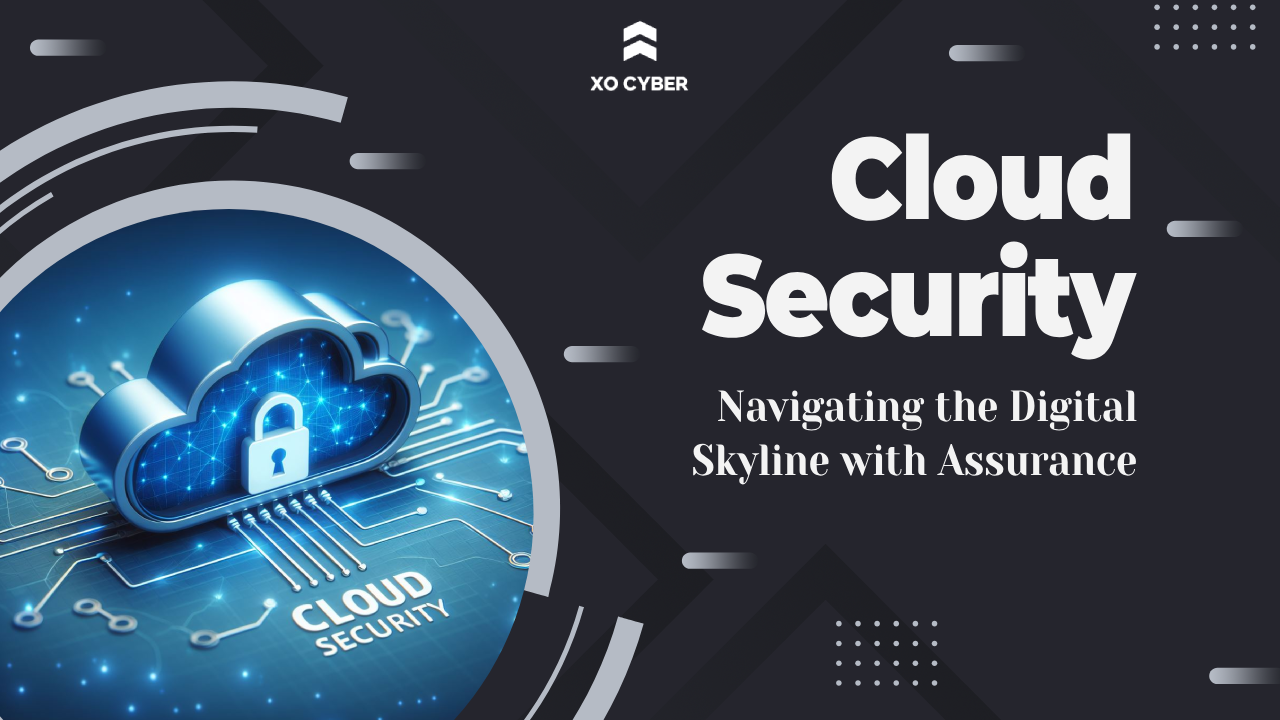
The cloud has revolutionized the way we access and utilize data. Its scalability, flexibility, and accessibility have made it the go-to solution for businesses of all sizes, streamlining operations and fostering innovation. Yet, with every silver lining comes a cloud (pun intended) in the form of security concerns. Data breaches, unauthorized access, and malware remain potent threats, demanding robust security measures to ensure your cloud journey is a smooth and confident one.
The common cloud security threats include:
These threats highlight the importance of robust security measures, such as SIEM (security information and event management), antivirus protection, and adherence to best practices outlined by organizations like the Cloud Security Alliance and the National Institute of Standards and Technology.
To detect and respond to cloud security threats, organizations can implement the following measures:
Incident Response: Develop and implement incident response procedures, incorporating robust security incident monitoring, to react efficiently and effectively when a breach is discovered. This includes isolating, mitigating, and definitively remediating active threats.
By combining these approaches, organizations can enhance their ability to detect and respond to a wide range of cloud security threats, thereby strengthening their overall security posture.
The most prevalent threat in the digital realm, data breaches can lead to severe consequences, including financial loss and damage to an organization’s reputation.
Many industries must adhere to strict regulatory standards, and non-compliance can result in hefty fines. Ensuring that cloud systems meet these standards is a significant challenge.
Managing user access and permissions within the cloud is complex. Unauthorized access can be exploited by cybercriminals.
Cloud security is a shared responsibility between the cloud service provider and the user. Understanding and managing this shared responsibility is crucial for a secure cloud environment.
At XO Cyber, we believe cloud security is an essential service, not just an afterthought. We go beyond the bare minimum to build a comprehensive and layered security posture for your cloud environment. Here’s what sets us apart:

XO Cyber Security in Brighton, Michigan, is a trusted leader in safeguarding businesses from cyber threats. With expert-led services like Managed Detection and Response (MDR), we provide robust protection for your digital assets.
Phone: 313-312-1550
Email: [email protected]
© Copyright 2007-2024 – All Rights Reserved.
© Copyright 2007-2023 – All Rights Reserved.

XO Cyber Security in Brighton, Michigan, is a trusted leader in safeguarding businesses from cyber threats. With expert-led services like Managed Detection and Response (MDR), we provide robust protection for your digital assets.
Phone: 313-312-1550
Email: [email protected]